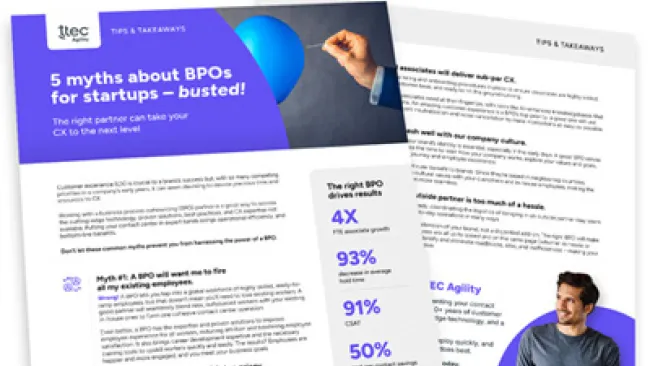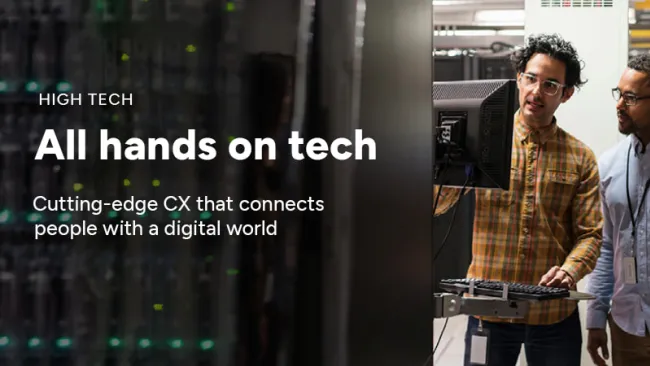July saw upheaval in the health insurance industry. The second and third largest providers announced they will acquire the fourth and fifth largest. If they pass regulatory approval, Anthem's $48 billion acquisition of Cigna would create the nation's largest health insurer, with more than 50 million customers. Aetna wouldn't be far behind – its $37 billion purchase of Humana will impact more than 37 million customers. Essentially the market will then be dominated by three major providers: Anthem, Aetna, and UnitedHealthGroup, followed by Kaiser, HCSC, and many regional players.
One of the primary reasons for the mega mergers is to operate more efficiently. The Affordable Care Act mandates insurance companies dedicate a certain percentage of spending on medical care. This puts pressure on carriers to operate more efficiently in other areas of their business. In addition, the combined companies and their wider member bases can negotiate more favorably with hospitals, physicians, and other partners, and can more efficiently operate in the growing Medicare market.
A big issue surrounding the mergers, which has been largely left out of the business press, is how consolidation will affect the member experience. Consumers have more decision-making power in the healthcare market than ever before. As the landscape changes, it's important that health insurers look not just at efficiency gains, but what their future customer experiences will look like. Customer expectations for a positive, human experience are only growing.
We offer a few bits of CX wisdom in the wake of industry consolidation:
Use the transition as a way to rethink operations around the customer. Many internal people, process, and technologies will undergo review and possibly change as these and other potential health insurance mergers go forward. It's a perfect opportunity to look outside-in to see how the member experience can be improved. Remember that removing customer friction also removes costs and inefficiencies in many cases. New technology and processes can infuse personalization into places that weren't thought of before, due to previous resource constraints. Open yourself to thinking of member experience in new ways.
Engage with customers on their terms. As with any M&A, there will be a lot of confusion for members. What does consolidation mean for the individual? Will he or she have to switch doctors? Will records be lost? Will premiums or plan details change? These are the types of questions consumers will ask.
It's critical for the merging companies to prepare for an influx of consumer outreach and questions during the transition period. They must get ahead of it by being transparent and communicating information proactively in the channels consumers prefer. This may mean ramping up contact center staff, expanding live chat sessions, using mobile tools, producing webinars and YouTube videos, enhancing internal and external knowledgebases, and conducting ongoing employee training that adjust to what members need. Employees must be empowered with information to quickly and easily answer the common types of questions consumers will ask. Know your members so you can remove as much friction and minimize as much negative impact from the transition as possible.
Other players can step up and differentiate on their experience. What happens with the new "Big 3" is an opportunity for other insurance firms. They can use the uncertain atmosphere as an opportunity to attract new members and keep current ones with a differentiated, positive customer experience. Regional plans that focus on local distribution and service -- such as co-ops and Blues – need to lean in to differentiate on their unique local attributes and personalized service, much like community banks do in the financial services sector.
More consumer choice fuels a retail future. This year, more than 16 million consumers on the insurance exchanges will be able to switch providers as of November 1. And that number will only grow. Some experts predict that by 2020, upwards of 90 percent of employees currently who receive health insurance through their employers will move or be moved to individual health insurance and exchanges. People will shop for health insurance, and brand will play less of a role. Establishing a value proposition for the consumer based on network and price will require excellent marketing and skilled, seasonal sales associates.
Data, data everywhere. As these gigantic companies combine for efficiencies, it will be critical to leverage historic consumer data to understand consumers and engage across the old company boundaries. As the brands converge, the large companies have an opportunity to dig deep into the archives for medical history, regardless of the original brand, and create a more meaningful experience moving forward. With this much history, large plans have a unique ability to predict and close gaps in care. There’s a good chance you’ve spent time as a member of one of the large plans, and they can now use this data to create a meaningful relationship and improve health outcomes.
What Aetna/Humana and Anthem/Cigna do next with regard to customer experience will truly show if they are indeed ready for the consumerized future. And even those not involved in current mergers, such as United Healthcare or the many Blues, face the same challenges and must prepare for the same future. The consumerization of health insurance is well underway.
Also, check out the most recent issue of our eNewsletter.
In the Wake of Merger Mania, What's Next for Health Insurance Customers?















